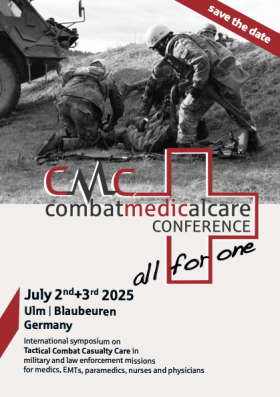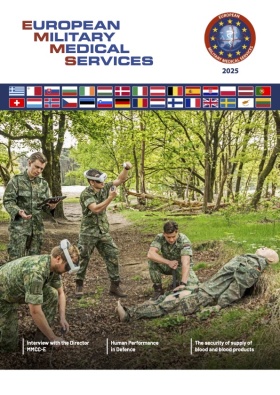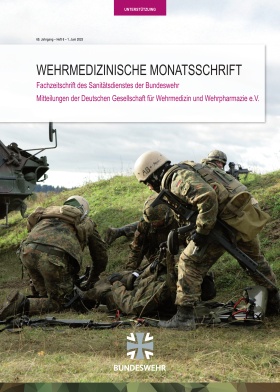
Article: Florent Josse
Tactical Medicine and Tactical Casualty Care: History, Development, Principles, and Areas of Application
Summary
Tactical medicine and tactical combat casualty care are crucial parts of modern emergency medicine. They evolved from military experiences and are now applied in numerous civilian and law enforcement operations. This article outlines the historical development, necessity, and concepts of Tactical Combat Casualty Care (TCCC) and Prolonged Field Care (PFC), as well as various application areas.
The core principles of tactical medicine integrate medical care with the tactical situation. The tactical environment dictates medical actions. Different operational phases, from “Care under Fire” to evacuation, define specific algorithms for life-saving measures. TCCC has gained international acceptance and has been adapted by civilian guidelines.
Tactical medicine is increasingly significant in law enforcement, during terrorist attacks, natural disasters, in austere environments, in maritime or alpine scenarios. The war in Ukraine vividly demonstrates that tactical medicine is militarily and societally relevant. New technological and organizational developments are shaping the future of tactical casualty care. The goal is to provide robust, flexible, and situation-adapted care to protect casualties and caregivers.
Keywords: Tactical Medicine, TCCC, Casualty Care, Prolonged Field Care, LeBEL

Fig. 1: Triangular bandage according to Friedrich von Esmarch in the execution used in the Prussian Army from 1873 (Image: Dr. Dirk Ziesing, Bochum)
You can read the full article here.
Wehrmedizinische Monatsschrift
Issue 6E/69th Year – July 2025
Author
Lieutenant Colonel (MC) Dr. Florent Josse, MD
Bundeswehr Hospital Ulm
Department of Anesthesiology, Intensive Care, Emergency Care, Pain Treatment
Oberer Eselsberg 40, D-89081 Ulm
E-Mail: [email protected]
Date: 06/24/2025
Source: Wehrmedizinische Monatsschrift Issue 6E/69th Year – July 2025











